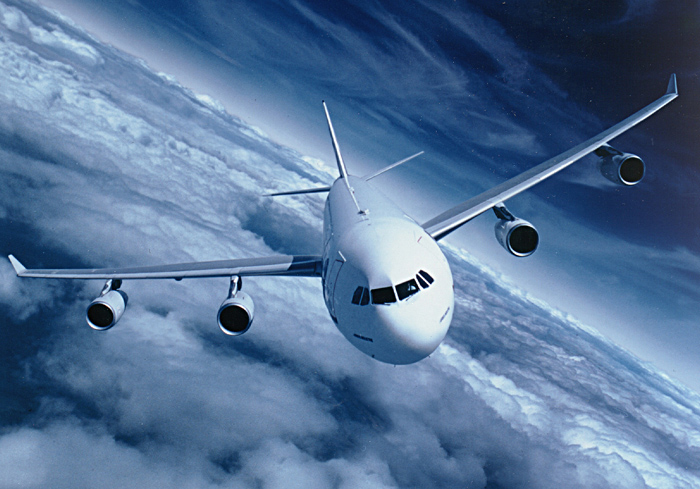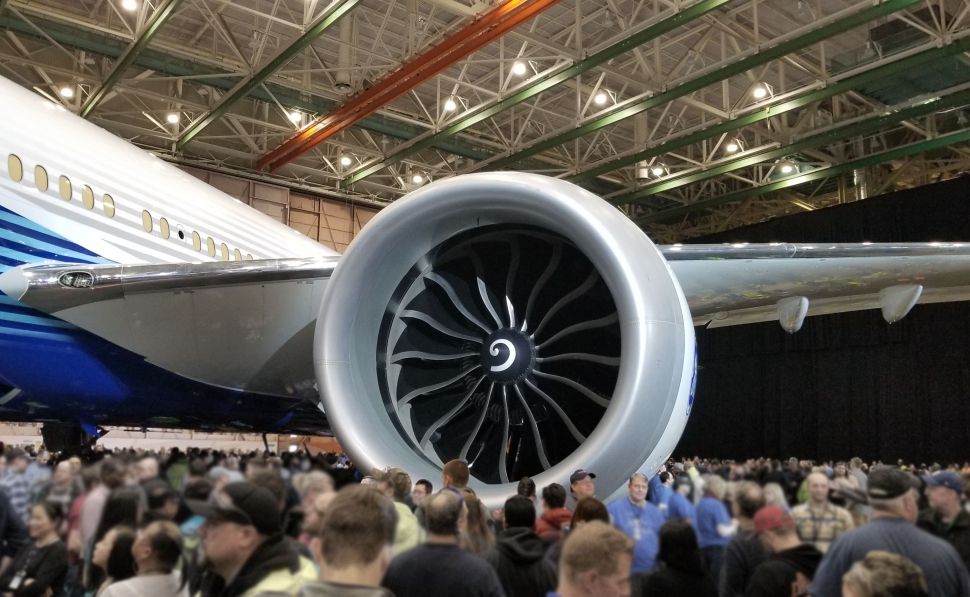How Does Tungsten Power the Aerospace Industry?

How Does Tungsten Power the Aerospace Industry?
Tungsten is the most heat-resistant metal, and it has the highest density and strength of refractory metals. Tungsten alloys with alloying elements have good wear resistance, corrosion resistance, electrical conductivity, and thermal conductivity. In this article, we will take a look at how tungsten power the aerospace industry.

How Does Tungsten Power the Aerospace Industry?
The mechanism design and safety performance of aerospace equipment is closely related to the materials' physical, chemical, and mechanical properties. As mentioned above, tungsten metal has a series of excellent properties, which can meet the material properties required by aerospace. It has been widely used in some key components of equipment such as satellites, aircraft, and aero engines.
How Does Tungsten Power the Aerospace Industry? - 1. Gyroscope
Tungsten alloy is the rotor material of a gyroscope, which is the heart of navigation and control systems for satellites, rockets, missiles, aircraft, submarines, and torpedoes. The stability of the gyroscope increases with the weight of the gyro, and the stability and control precision can be greatly improved by using tungsten alloy as the rotor of the gyroscope.
How Does Tungsten Power the Aerospace Industry? - 2. Solid Rocket
Tungsten and its alloys can be used to make uncooled rocket nozzles, ion rings for ion rocket engines, jet blades and positioning rings, hot gas reflectors, and gas rushers. If tungsten replaces molybdenum as the inlet sleeve and throat liner for solid rocket motors, the use temperature of the material can be increased from 1760 ℃ to 3320 ℃ or more.
For example, the nozzles of the American Polaris A-3 missile are made of high-temperature tungsten tubes permeated with 10%~15% silver; the Apollo rockets were also made of tungsten.
How Does Tungsten Power the Aerospace Industry? - 3. Aircraft
Tungsten alloy can be used for the static and dynamic counterweight on both sides of ailerons and steering rudder, as well as the counterweight on the rotating vane of the helicopter, shock absorber, and the lifting control of aircraft and helicopters.
High-density tungsten alloy is widely used in the Spey engine, which is mainly used as the counterweight of the bracket, the counterweight block of the rocker speed controller, and the counterweight block of the fuel regulating controller.
In some satellites, the high-density tungsten alloy ball is often used to play a nutation damping role in the satellite attitude instrument to overcome the satellite sloshing, which makes the satellite nutation damping dynamic Angle to reduce residual chapter below 0.1 ℃, to achieve the international advanced level.

How Does Tungsten Power the Aerospace Industry?
How Does Tungsten Power the Aerospace Industry? - 4. Hypersonic Vehicle
The W-Cu composite is a strong refractory metal material manufactured by a strictly controlled process including pressing, sintering, and infiltrating with copper or silver, which can be used as a rocket engine nozzle baffle plate, and it is enough to handle the combustion temperature more than 3400 ℃.
Besides, the material is also suitable for rocket engines, hypersonic aircraft leading edge, and re-entry aircraft thermal insulation shields. The surface of the hypersonic vehicle developed in the United States is reportedly covered with about 400kg of tungsten, in addition to the nose cone.
The United States Joint Technology Center has produced a boron-coated tungsten wire for aerospace equipment. The tungsten wire has the advantages of high strength, low density, and high stiffness, and can be used as the shell of a rocket and the skeleton of a spaceship.
How Does Tungsten Power the Aerospace Industry? - 5. Tungsten Nozzle
Adding rhenium to tungsten alloy can improve the high-temperature performance and room-temperature ductility of tungsten, and reduce the plastic-brittle transition temperature.
Tungsten-rhenium alloys with good wear resistance and weldability are harder than pure tungsten, and their tensile strength at room temperature is as high as 3260MPa, which can be used as the nuclear reactor material for the space station. Tungsten and its alloy coating have high strength and thermal stability, which prevents the nozzle from being corroded.
Summary
The above is a brief introduction to the uses of tungsten in aerospace, but its applications go far beyond that. If you want to know more about the use of tungsten or other refractory metals, you can visit Advanced Refractory Metals (ARM) for more information.
Headquartered in Lake Forest, California, ARM is a leading manufacturer and supplier of refractory metal products, which always uses its experience and expertise to provide the highest quality pure refractory metal products for your projects.
{{item.content}}
LEVE A REPLY
{{item.children[0].content}}
{{item.content}}






